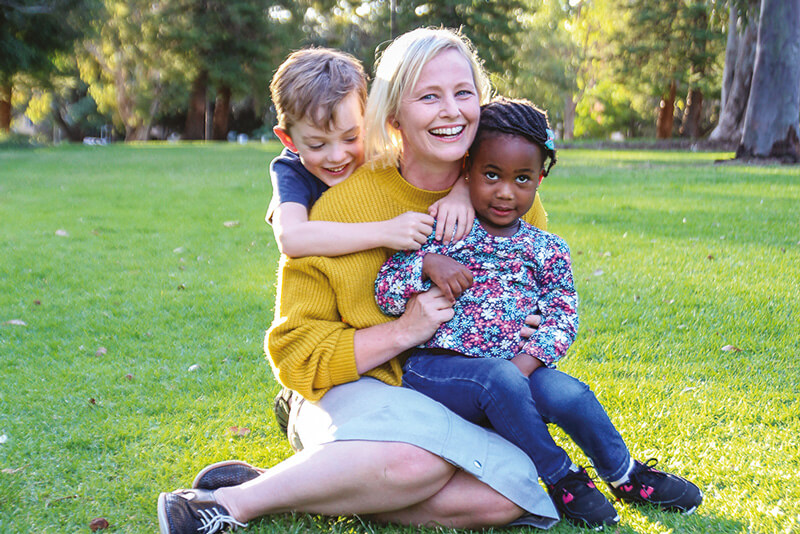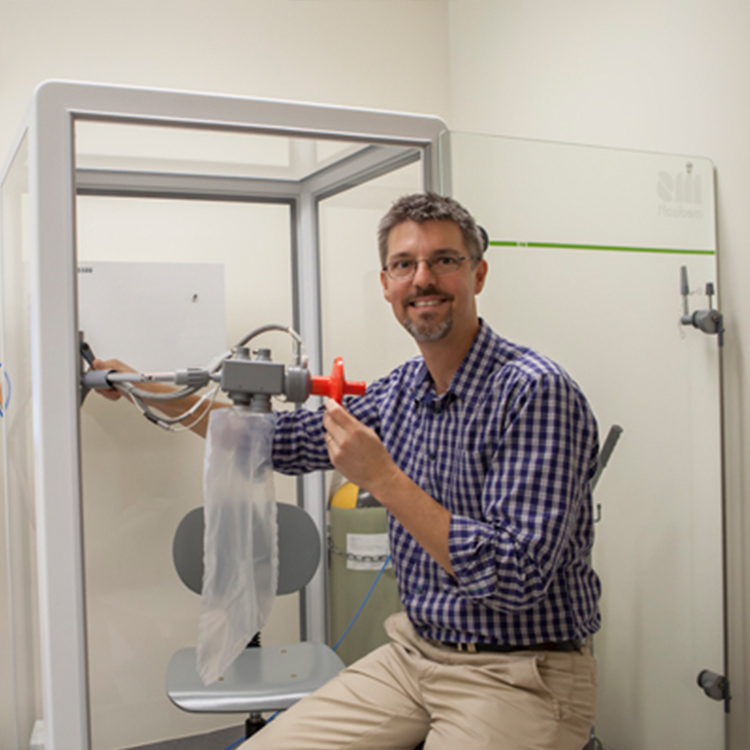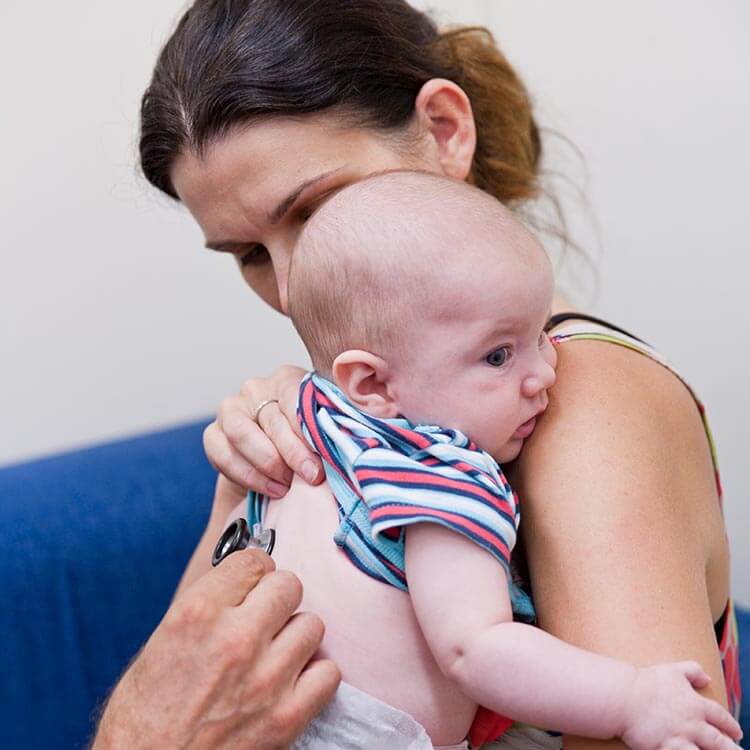Search

News & Events
Lung study helps history-making generation get a handle on their healthA lung function study carried out by Dr Shannon Simpson provided the most comprehensive follow-up of very pre-term children of any study so far carried out on the lung health of this vulnerable group.

News & Events
Global push to eliminate confusion on lung function testsA global research network has taken another step towards standardising the way doctors interpret commonly used lung function tests.

News & Events
Trial determines safest airway device for babies in surgeryA groundbreaking WA trial, published in The Lancet, has determined that a laryngeal mask for babies is preferred over endotracheal tube during minor surgeries
Research
Age- and height-based prediction bias in spirometry reference equationsPrediction bias in spirometry reference equations can arise from combining equations for different age groups,...
Research
Air travel and the risks of hypoxia in childrenIn infants and children with chronic respiratory disease, hypoxia is a potential risk of aircraft travel.
Research
The next generation of impact in cystic fibrosisLung damage in children with CF occurs much earlier than previously thought, and proving this is related to the decline that occurs later will create new paradigms for prevention and treatment.
Research
The ventilatory response to hypoxia is blunted in some preterm infants during the second year of lifePreterm birth and subsequent neonatal ventilatory treatment disrupts development of the hypoxic ventilatory response (HVR). An attenuated HVR has been identified in preterm neonates, however it is unknown whether the attenuation persists into the second year of life.
Research
Characterisation of lung function trajectories and associated early-life predictors in an Australian birth cohort studyThere is growing evidence that lung function in early-life predicts later lung function. Adverse events over the lifespan might influence an individual’s lung function trajectory, resulting in poor respiratory health. The aim of this study is to identify early-life risk factors and their impact on lung function trajectories to prevent long-term lung impairments.
Research
Daytime sleepiness and emotional and behavioral disturbances in Prader-Willi syndromeIndividuals with Prader-Willi syndrome (PWS) often have excessive daytime sleepiness and emotional/behavioral disturbances. The objective of this study was to examine whether daytime sleepiness was associated with these emotional/behavioral problems, independent of nighttime sleep-disordered breathing, or the duration of sleep.
Research
Quality of life is poorly correlated to lung disease severity in school-aged children with cystic fibrosisThere is no data exclusively on the relationship between health-related quality-of-life (HRQOL) and lung disease severity in early school-aged children with cystic fibrosis (CF). Using data from the Australian Respiratory Early Surveillance Team for Cystic Fibrosis (AREST CF) we assessed the relationships between HRQOL, lung function and structure.
